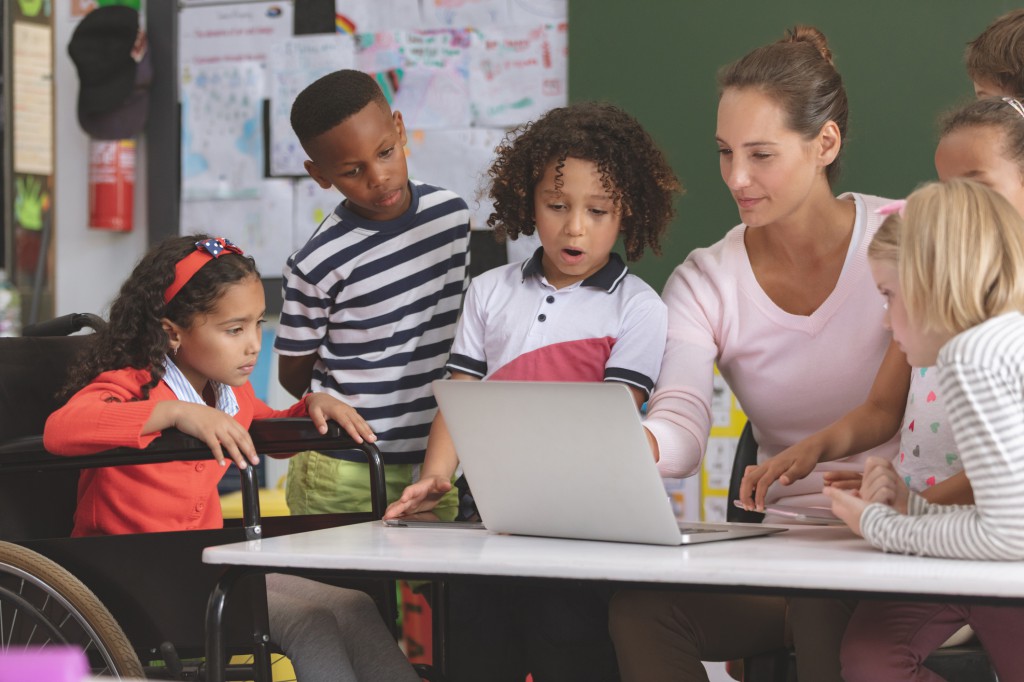
Inclusive education is about ensuring that every student, regardless of their abilities, has equal access to education and opportunities for growth. When it comes to students with learning disabilities, educators play a crucial role in breaking down barriers and creating an inclusive learning environment. This blog post explores effective strategies for engaging students with learning disabilities, fostering their academic success, and promoting a supportive classroom environment.
Embrace Different Learning Styles:
Recognize that students with learning disabilities may have unique learning styles. Some students may excel in visual learning, while others may prefer hands-on activities or auditory instruction. Incorporate a variety of teaching methods and materials to cater to diverse learning preferences. By embracing different learning styles, you empower students to engage with the content in ways that work best for them.
Provide Clear Instructions and Visual Supports:
Clear and concise instructions are essential for students with learning disabilities. Break down complex tasks into manageable steps and use visual aids, such as charts, diagrams, and graphic organizers, to reinforce understanding. Visual supports help students with learning disabilities to better comprehend and organize information, enhancing their learning experience.
Offer Individualised Support:
Individualised support is crucial for students with learning disabilities. Get to know their specific needs, strengths, and challenges. Work closely with them to set achievable goals and develop personalized learning plans. Provide additional assistance, such as one-on-one instruction, extra time for assignments, or assistive technologies, to support their learning journey. By tailoring support to their unique requirements, you help students overcome barriers and succeed academically.
Encourage Self-Advocacy and Self-Esteem:
Empower students with learning disabilities to become self-advocates. Teach them strategies for expressing their needs, seeking help, and advocating for accommodations. Foster a classroom culture that celebrates diversity and encourages acceptance. Promote a growth mindset by highlighting their strengths and achievements, boosting their self-esteem, and instilling a belief in their abilities.
Foster Collaborative Learning and Peer Support:
Encourage collaborative learning activities that promote peer support and inclusion. Pair students with learning disabilities with peers who can help, understand, and encourage. Assign group projects that encourage cooperation, communication, and shared problem-solving. By fostering collaborative learning, you create an environment where students learn from and support one another.
Professional Development and Collaboration:
Continuously invest in your professional development as an educator. Attend workshops, conferences, and training sessions focused on inclusive education and supporting students with learning disabilities. Collaborate with special education teachers, support staff, and parents to share knowledge, exchange ideas, and implement effective strategies. By staying informed and working collaboratively, you can provide the best possible support for students with learning disabilities.
Engaging students with learning disabilities requires a proactive and inclusive approach. By embracing different learning styles, providing clear instructions, offering individualised support, fostering self-advocacy and self-esteem, promoting collaboration, and investing in professional development, educators can break down barriers and create an inclusive learning environment. Remember, each student has unique strengths and abilities, and it is our responsibility as educators to unlock their potential and help them thrive academically and socially. Together, we can ensure that every student, regardless of their learning disability, receives the education they deserve.



